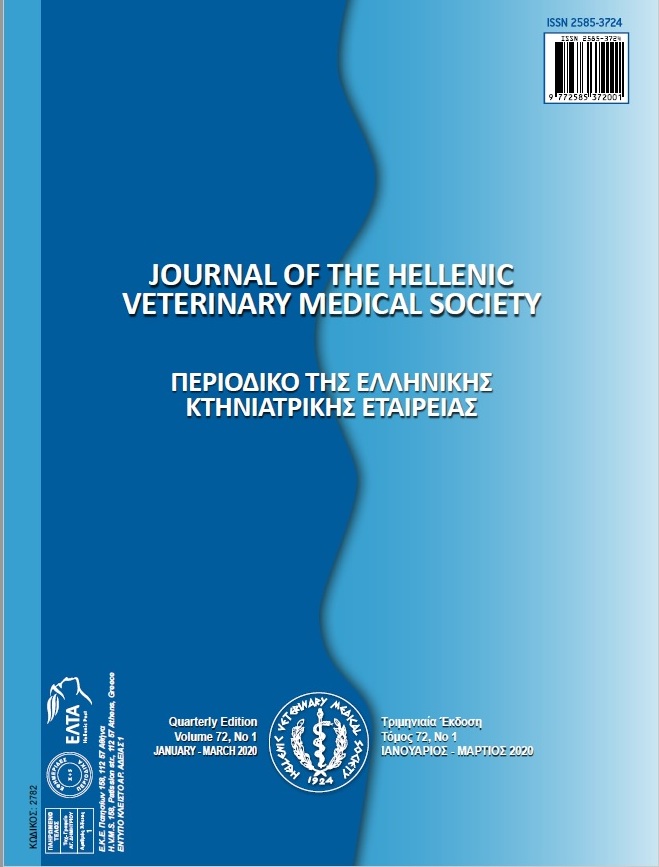Nervous coccidiosis in a calf

Abstract
In this case report, a 9-month Swiss brown calf has been reported with neurological symptoms including seizures, opisthotonus, hyperesthesia, nystagmus, convulsions of the head and extremity muscles, watery brown faeces and mild blood in faeces. Eimeria spp. oocyst was found in the parasitological examination of the faeces, and it was suspected of nervous coccidiosis. When the brain tissue was examined, the numerous different forms of Eimeria spp were histopathologically detected in the brain parenchyma and brain capillaries. Eimeria spp which were found in the brain and large intestinal tissues were confirmed as Eimeria zuernii using specific primers with qRT-PCR. This case report emphasizes that Eimeria zuernii is located in the brain tissue of cattle for the first time in the world. We suspect that these agents may travel to the brain through the enteric blood vessels, and all the neurological symptoms detected in this calf may be due to the presence of these agents in the brain tissue. Therefore, this could be crucial knowledge on the pathogenesis of nervous coccidiosis.
Article Details
- How to Cite
-
Değirmençay, Ş, Çomaklı, S., Özdemir, S., & Hanedan, B. (2023). Nervous coccidiosis in a calf. Journal of the Hellenic Veterinary Medical Society, 74(1), 5469–5476. https://doi.org/10.12681/jhvms.28915
- Issue
- Vol. 74 No. 1 (2023)
- Section
- Case Report

This work is licensed under a Creative Commons Attribution-NonCommercial 4.0 International License.
Authors who publish with this journal agree to the following terms:
· Authors retain copyright and grant the journal right of first publication with the work simultaneously licensed under a Creative Commons Attribution Non-Commercial License that allows others to share the work with an acknowledgement of the work's authorship and initial publication in this journal.
· Authors are able to enter into separate, additional contractual arrangements for the non-exclusive distribution of the journal's published version of the work (e.g. post it to an institutional repository or publish it in a book), with an acknowledgement of its initial publication in this journal.
· Authors are permitted and encouraged to post their work online (preferably in institutional repositories or on their website) prior to and during the submission process, as it can lead to productive exchanges, as well as earlier and greater citation of published work.



